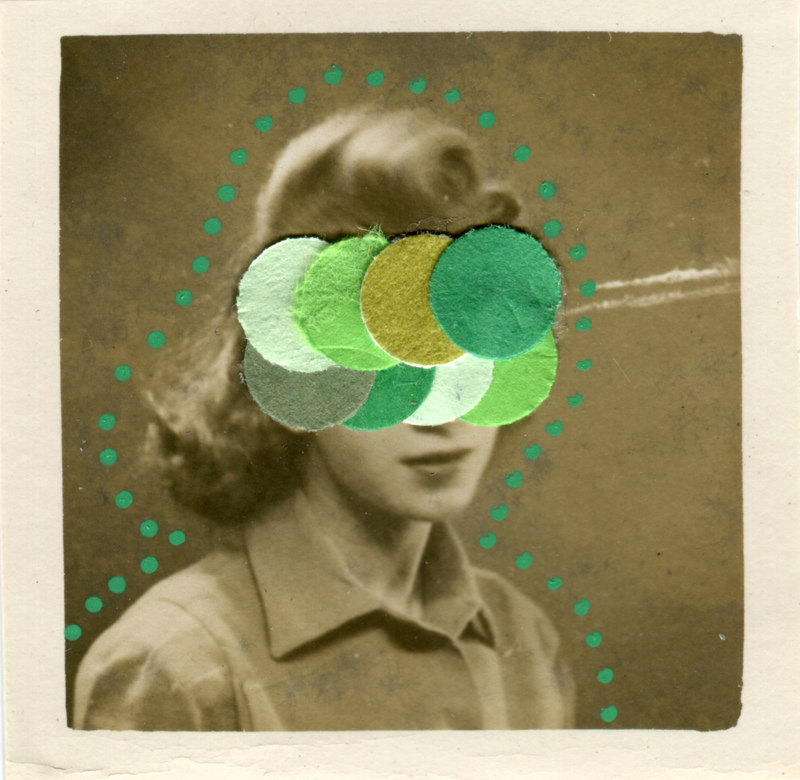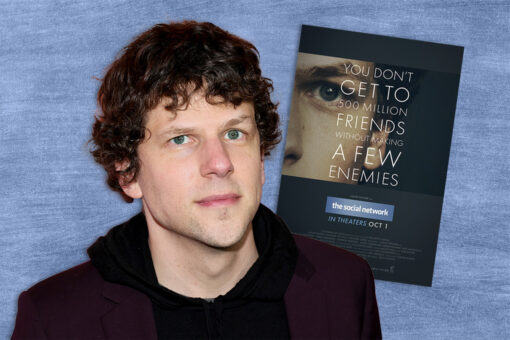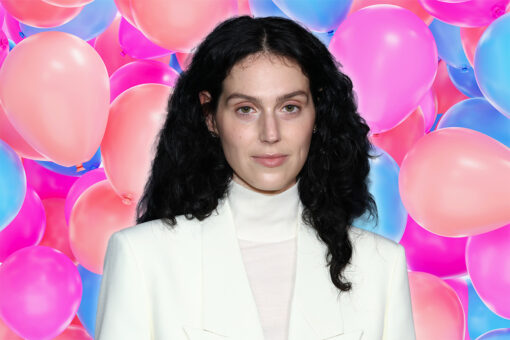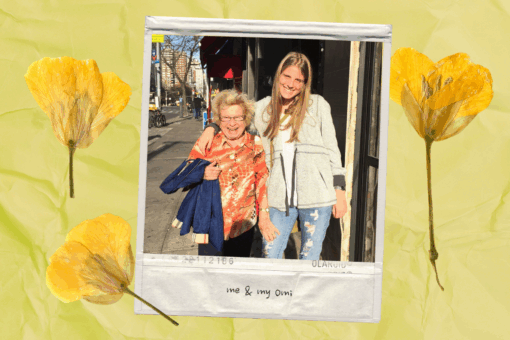When I dyed my hair blonde last month, I wasn’t trying to accomplish anything. I was just bored and figured it might be fun to take a break from my thus far lifetime status as a brunette. Of course I wondered the obvious: Do blondes have more fun? Maybe people would treat me differently. As someone whose last 10 haircuts cumulatively cost a small fraction of a good dye job, I also knew the change would surprise my friends.
What I didn’t think about was how going blonde could make me look less Jewish. I didn’t think about how the hair color helped Jewish women avoid persecution during the Holocaust, and I did not consider that it still helps Jewish women blend into the mainstream today.
Honestly I was just like, oh, I’m gonna look cute.
When Barbra Streisand dyed her hair “platinum” in high school, she did it to look different. Joan Rivers felt like “pretty blondes” in her industry didn’t have to work as hard, perhaps the reason for her dye job. Lisa Kudrow dyed her hair blonde and became less “intense.” When Jewish women in countries like Poland bleached their hair during World War II, they did it to save other persecuted people from a totalitarian Nazi regime.
Leading up to and during the Holocaust, Jewish communities recruited Jewish women in their mid-teens to early 20s to serve as couriers of information, weapons, money, and even people. Known as kashariyot, which means “courier” in Hebrew, these young women moved back and forth between Jewish ghettos and the Aryan, Catholic communities outside of them. Needing to blend into the latter, those recruited often looked “not Jewish.” Some had naturally blonde locks and blue eyes, while others bleached their hair to fit in.
The Jewish Women’s Archive tells the story of one kasharit, Hela Schupper, dressing up for a gun smuggling mission: “Knowing that she would be under scrutiny for 20 hours on the trains, she prepared her appearance with great care. She dyed her hair to be ‘really blond,’ borrowed an outfit from the mother of a non-Jewish friend so that she would look ‘very Polish, very stylish and very mature,’ and splurged on an elegant handbag. Her costume gave her the air of a carefree, chic, cultured lady off to an afternoon of theater.”
Another kasharit, Bela Hazan, “looked like the picture-perfect German girl with her long, blonde braids.” Members of the Gestapo, Nazi Germany’s secret police, trusted her. Others also caked on makeup to make their features appear less Jewish.
Of course, “Aryan” features like blondeness couldn’t ensure protection for kashariyot. Hazan, with her long, blonde braids, got arrested in 1942 for carrying guns. However, according to the Jewish Women’s Archive, officers never figured out that she was Jewish. Luckily, she’d disposed of the “Hebrew materials” she’d concealed in her blonde hair prior to the officers’ search. She ultimately lived past the Holocaust to tell her story.
One infamous Jew during the Holocaust used her natural blondeness for evil. Known alternatively as “the blonde poison” and “the blonde ghost,” Stella Goldschlag worked in a forced-labor camp in Berlin where she met her Jewish husband, Manfred Kübler, before going on to earn her nickname for exposing fellow Jews to the Gestapo and sending them to their deaths during the war.
After leaving the labor camp and forging papers to “pass” as a non-Jew, Stella Kübler (she had since married) was arrested by Berlin Gestapo in 1943. The officers gave her an ultimatum — join us by betraying other Jews or we will deport your parents. Thus began her paid job hunting Jews during World War II, war crimes for which she ultimately did time in Soviet prison. After the war, Stella (who had remarried) declared herself an anti-Semite. (A childhood classmate of hers, Peter Wyden, wrote a biography on Stella, which is summarized here.) According to Wikipedia (sorry), both her parents and her first husband were sent to death camps during the Holocaust in spite of the Gestapo’s initial promise (which is presumably what usually happens when you trust Nazis).
Stella wasn’t the only Jew during the Holocaust who betrayed other Jews in exchange for her and her family members’ safety, just one of the best known. And though neither her story, nor those of the kashariyot, compare to the famous Jewish women who dyed their hair blonde in the following decades, the Jewish blondes of World War II were undeniably their predecessors.
Jewish women continue to use blondeness to gain advantages and “pass” as non-Jews. Back to Brooklyn-native Barbra Streisand, her dyed blonde hair helped her stand out. As someone who wanted to “be unique,” the look separated her from her Brooklyn classmates. Though she owned her Jewishness throughout her career, starring in movies like The Way We Were (where she plays a Marxist Jew) and Yentl, she always found ways to remain flashy to get recognized, not being the typical Hollywood beauty.
Joan Rivers (RIP) also took advantage of the blonde factor to stand out. “I was always going up for the part and not getting it,” Rivers told Entertainment Weekly shortly before her 2014 death. “So I had to work twice as hard to get anywhere, because I wasn’t the pretty blonde… nor was I the very homely, wacko friend. So I think I always worked harder because you had to be noticed more.”
Lisa Kudrow, born to Jewish parents and best known for her portrayal of ditzy Phoebe on Friends, had been headed for a research career in biology before deciding to become an actor. In an interview with CNN, Kudrow, originally a brunette, said that dying her blonde “softened” her and “literally lightened her up.” Since becoming blonde, Kudrow noticed people acting “kinder” towards her. As a blonde, she appeared less “threatening” and, yes, a little less bright, which allowed others to tell her things they may not have confided to her brunette self. Kashariyot took advantage of the same apparent innocence that came with their non-threatening looks.
Today, my Jewish friend Jane*, who’s from the East Coast, lives in a small town in Idaho where being blonde has helped her “pass,” as she put it. “I’m not seen as ‘other’ and don’t get shade thrown my way in my small, rural Idaho community.” She’s also lived in Montana, where a small resort town became a significant target of anti-Semitism, specifically aimed at Jewish women, just last year.
“Living in very Christian, white communities in the West has made it clear to me that fitting in is key to success in social and professional life,” Jane said. “And being blonde and green-eyed has certainly not harmed me.”
In New York, I’m experiencing effects more similar to those Kudrow mentioned since going blonde. Then again, maybe people are just being nicer to me now because it’s springtime.
*Name changed because my friend inhabits a small town.
Header image via Naomi on Flickr.



